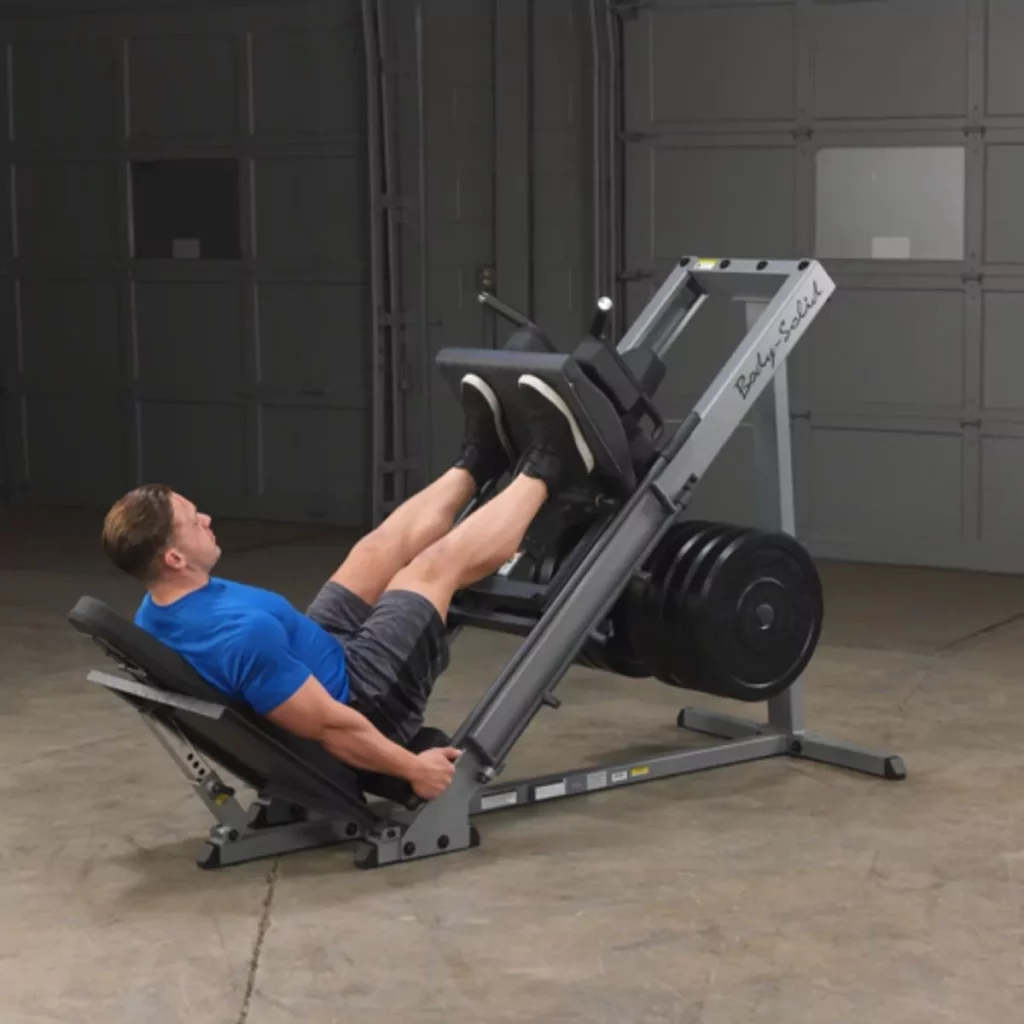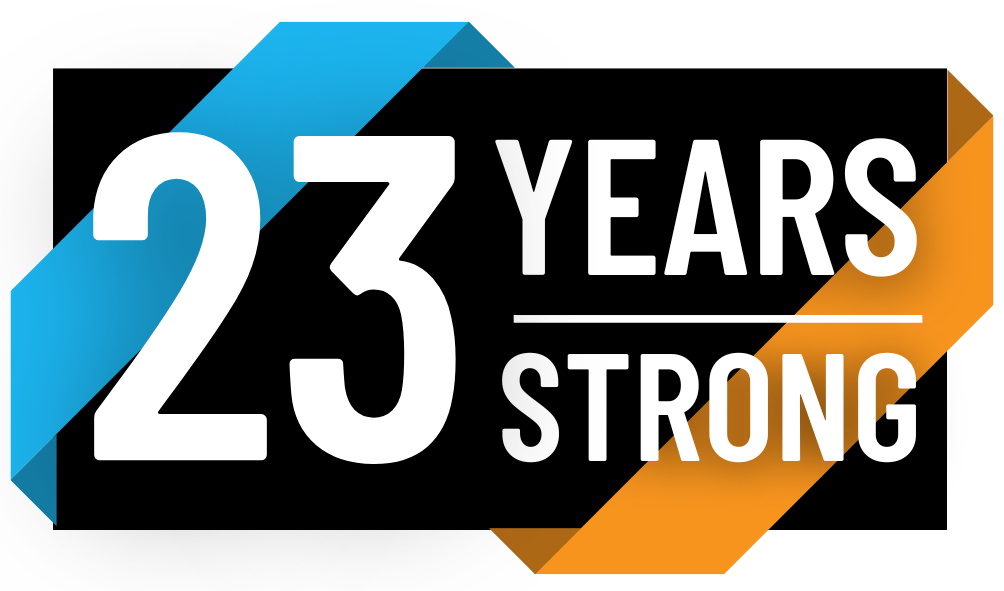
What Is a Leg Press Good For? A Comprehensive Guide to This Versatile Exercise Machine
When it comes to lower-body workouts, the leg press is a cornerstone exercise that often finds its way into gym routines. But why is the leg press so popular, and what exactly is it good for? In this article, we’ll explore the benefits of the leg press, its effectiveness for building strength and muscle, its role in rehabilitation, and how it compares to other exercises like squats. Whether you’re a seasoned athlete or a beginner, the leg press offers unique advantages that can help you achieve your fitness goals.
What Is a Leg Press?
The leg press is a resistance training exercise performed using a specialized machine that targets the lower body, primarily the quadriceps, hamstrings, glutes, and calves. There are two main types of leg press machines:
- Seated Horizontal Leg Press: The weight moves horizontally, and the user is seated upright.
- 45-Degree Leg Press: The user reclines at an angle, and the weight is pushed upward along a diagonal track.
Both machines allow you to adjust resistance by adding or removing weight plates or adjusting the machine’s settings. The exercise involves pushing the platform away from your body using your legs and then controlling the weight as it returns.
Benefits of the Leg Press
1. Builds Lower-Body Strength
The leg press is one of the best exercises for building strength in the lower body. By targeting key muscle groups such as the quadriceps, hamstrings, and glutes, it helps improve functional strength, which is essential for everyday activities like walking, climbing stairs, or carrying heavy objects.
The ability to load significant weight without worrying about balance makes the leg press particularly effective for progressively increasing strength over time.
2. Isolates Lower-Body Muscles
Unlike compound exercises like squats, which require coordination between multiple muscle groups and engage the core for stabilization, the leg press isolates the lower-body muscles. This makes it an excellent option for those who want to target specific areas, such as the quads or glutes, without involving other muscle groups.
3. Supports Muscle Hypertrophy
Muscle hypertrophy, or growth, occurs when muscles are placed under tension. The leg press provides consistent and controlled resistance throughout the movement, making it a powerful tool for building muscle. By varying the weight, foot position, and range of motion, you can emphasize different muscles for balanced development.
Who Can Benefit From the Leg Press?
1. Beginners
For those new to resistance training, the leg press is an excellent starting point. It allows beginners to build foundational strength in their lower body without the complexities of free weights or the risk of poor form.
2. Athletes
Athletes can use the leg press to enhance their explosive power, speed, and endurance. By incorporating variations like single-leg presses or explosive movements, they can mimic sport-specific actions and reduce injury risk.
3. Individuals Recovering From Injury
Rehabilitation professionals often use the leg press in recovery programs because it offers a safe way to regain strength and mobility. With the back and hips supported, individuals can perform the exercise with less stress on their joints.
Leg Press vs. Squats: Which Is Better?
One of the most common debates in the fitness world is whether the leg press or squats are superior. The truth is, both exercises have unique benefits and can complement each other.
Advantages of the Leg Press:
- Joint Support: The machine stabilizes the back and hips, making it ideal for individuals with joint issues or lower-back pain.
- Targeted Muscle Activation: Allows for isolated training of specific muscle groups.
- Easier to Learn: Simple to perform, even for beginners.
Advantages of Squats:
- Functional Strength: Squats mimic natural movements like sitting and standing, making them highly functional.
- Core Engagement: Squats work the core muscles in addition to the lower body.
- Versatility: Can be performed with bodyweight, dumbbells, or barbells for varied intensity.
Conclusion:
Rather than choosing one over the other, a well-rounded lower-body workout can include both the leg press and squats. Use the leg press to build muscle and strength in a controlled environment and squats to enhance functional movement and core stability.
How to Perform the Leg Press Correctly
To maximize the benefits of the leg press and avoid injury, proper form is crucial. Follow these steps:
- Adjust the Machine: Sit on the machine with your back flat against the pad and feet shoulder-width apart on the platform. Adjust the seat to ensure a comfortable range of motion.
- Set the Weight: Start with a manageable weight to focus on form.
- Position Your Feet: Place your feet on the platform in a position that aligns with your goals. A higher placement emphasizes the glutes and hamstrings, while a lower placement targets the quads.
- Perform the Movement:
- Push the platform upward by straightening your legs but avoid locking your knees.
- Lower the platform back down in a controlled motion until your knees form a 90-degree angle.
- Repeat for the desired number of reps.
Common Mistakes to Avoid
1. Locking the Knees
Fully locking your knees at the top of the movement can place unnecessary strain on the joints and increase the risk of injury.
2. Lifting the Hips
Allowing your hips to lift off the seat can strain your lower back. Keep your back firmly against the pad throughout the exercise.
3. Using Too Much Weight
While it’s tempting to load up the machine, excessive weight can compromise form and increase the risk of injury. Focus on proper technique before increasing resistance.
Leg Press Variations for Maximum Results
1. Single-Leg Press
Performing the leg press with one leg at a time helps address muscle imbalances and improves coordination.
2. Wide Stance Leg Press
Placing your feet wider apart targets the inner thighs and glutes.
3. Narrow Stance Leg Press
A narrower stance shifts the emphasis to the quads, making it an excellent option for focused quad development.
4. Tempo Leg Press
Slowing down the movement increases time under tension, enhancing muscle growth and endurance.
Frequently Asked Questions
1. Is the leg press good for weight loss?
Yes! While the leg press primarily builds muscle, it also burns calories, which can support weight loss. Additionally, increased muscle mass boosts your metabolism.
2. Can the leg press replace squats?
The leg press can complement squats but shouldn’t replace them entirely, as squats engage more muscles and improve functional movement.
3. How often should I do the leg press?
For most people, 2–3 times per week is sufficient. This allows time for recovery while building strength and muscle.
Conclusion
The leg press is a versatile and effective exercise that offers numerous benefits for building strength, muscle, and endurance in the lower body. Whether you’re a beginner looking to ease into resistance training, an athlete seeking explosive power, or someone recovering from an injury, the leg press can be tailored to meet your needs. By incorporating this exercise into your workout routine and pairing it with complementary movements like squats, you’ll be well on your way to achieving a stronger, more balanced physique.

